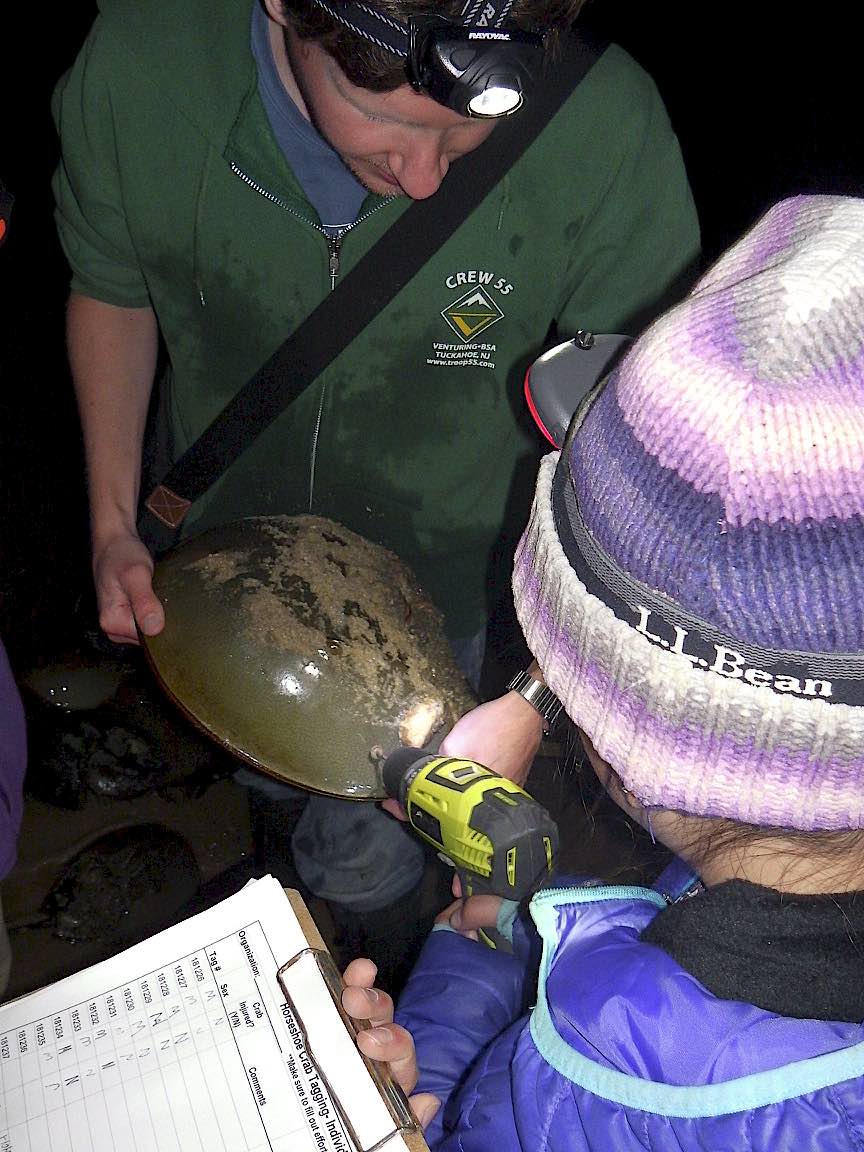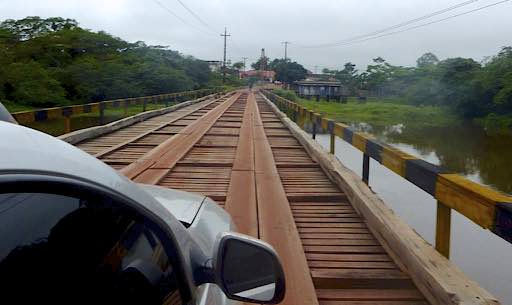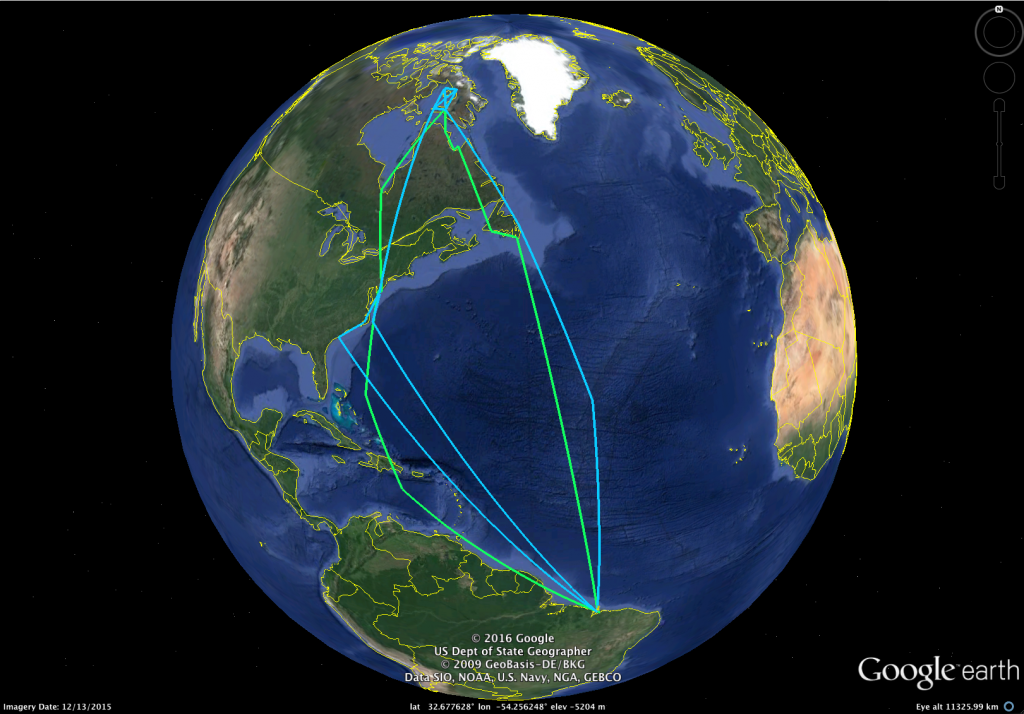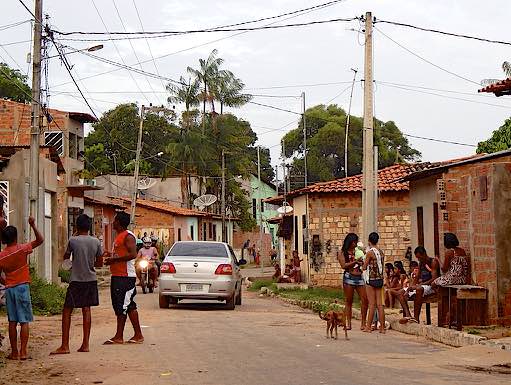|
It took awhile, but the TV program involving the Littoral Society's horseshoe crab tagging events is finally available for anyone to watch.
Last year, a crew from Xploration: Awesome Planet covered horseshoe crab tagging on the Delaware bayshore. The show, hosted by Philippe Cousteau Jr., grandson of the legendary Jacques Cousteau, explores the most spectacular places – on the earth, inside the earth, and above the earth. The tagging event became part of an Awesome Planet episode on animal migrations. In the linked video you'll see Habitat Restoration Coordinator Shane Goodshall and Habitat Restoration Technician Quinn Whitesall as they lead a tagging event. Horseshoe crab tagging will resume in the Shark River estuary on Tuesday, May 23 with a training/tagging event starting at the L Street Beach in Belmar, NJ. Volunteers can participate in tagging and monitoring events through June 23. Data from the work is provided to the US Fish and Wildlife Service.
Tagging and monitoring crabs helps provide information on population trends and crab movement, which provides a small window into the health of an important and ancient species. The spawning season of the Horseshoe Crab is the only time they come ashore and the season is just a few short weeks in May and June. It took us long into the night to reach our next port. We went from the relatively populated area of Braganza to the dark heart of this coastal region of Viseu. In three trucks, we caravanned through a maze of remnant tropical rainforests, cattle pasture an impenetrable second-growth woodland. Along the rain-slicked red clay road, small and desperate looking towns popped out of nowhere always looking like the past was a better day. The road cut through countless mangrove forests that define this region. We reached Viseu too late to do anything but find a place to stay the night. A bridge across the many rivers from Braganca to Visiu, Brazil. Photo by Christophe Buiden
It’s hard to imagine the difficulties of people living at latitude 37 degrees north when coming to the equator in northern Brazil. It challenges even the hardiest of biologists. But after three days our team has not only acclimated but accomplished surveys in two separate estuaries. Ruddy turnstone multiyear flight recorded by a geolocator caught in Maranhoa Brazil.
By Larry Niles, LJ Niles Associates LLC We leave a cold and dark New Jersey with mixed feelings for our destination to tropical Brazil. It will be warm and sunnyish – though forecasts predict drenching thunderstorms threatening us every day of our trip. We will explore a very new place, the ocean coast of Para, a largely unsurveyed coast known to be a wintering shorebird mecca. At the same time, we will undergo trials experienced by few biologists. Zika is prevalent in Para, but recent cases of malaria are equally alarming. Of course, one must be ever vigilant for food and water pathogens. Last year, I developed food poisoning ending me up in a rural hospital, with a room full of very sick people. On arrival, I wondered what comes next? A small part of the sprawling city of Sao Jose de Ribamar.
|
Archives
July 2024
Categories
All
|





